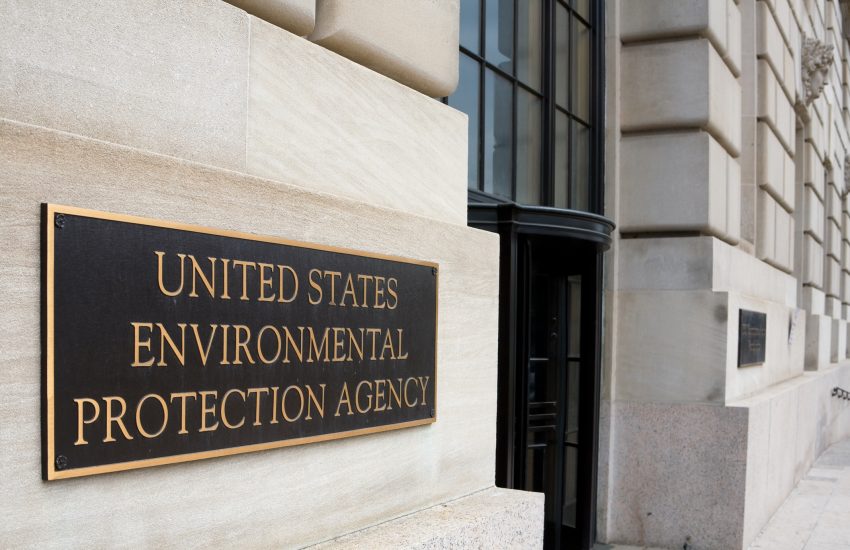On September 7, 2023, the U.S. Environmental Protection Agency announced that it was updating its Freedom of Information Act (FOIA) regulations through its Phase II FOIA final rule. This “modernization,” is part of EPA’s continued efforts to advance transparency – here, by improving the EPA’s FOIA program through a renewed focus on accountability, affordability, and better access to information for communities of color with environmental justice concerns. The final rule is a wider part of the Biden Administration’s general promise to prioritize consideration of communities that experience disproportionate adverse health or environmental effects in legislative and administrative policy, as echoed in President Biden’s Executive Order issued this past spring, renewing US commitment to environmental justice (covered by ELM here), and also to encourage trust in the EPA within these communities.
The FOIA final rule aims to promote transparency by increasing, in particular, access to information about EPA’s efforts and actions to protect public health and the environment. On top of the existing “compelling need” standard one must meet when submitting a request for an expedited FOIA response, the updated rule establishes a new standard that expedited FOIA responses can be met when there is a “pressing need to inform a community that is potentially experiencing disproportionately high and adverse human health or environmental effects.” The final rule directs the EPA to waive processing and administrative fees for these expedited environmental justice related FOIA requests and, in a further move to facilitate transparency and to “remove[] barriers,” raises other various fee thresholds.
In the EPA’s September 7 press release, its general counsel explained that the new FOIA rule would “fulfill[] EPA’s pledge to do better at meeting the needs of communities suffering from disproportionately high pollution levels regardless of race, regardless of income, regardless of zip code.”
Once the signed rule is published in the Federal Register, it will be accessible on the EPA’s FOIA page.

